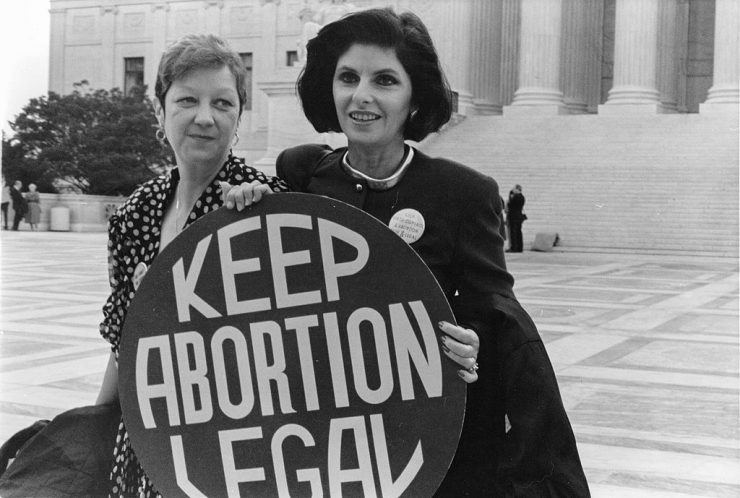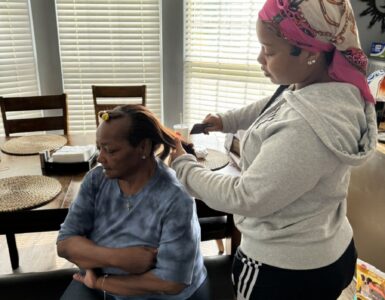By Awura Asamoah
Norma McCorvey, a Texas woman who was in her early 20s, fought hard to get rid of an unwanted pregnancy in 1969, according to History.com. McCorvey, later known as Jane Roe, had already grown up in difficult and tough conditions. She had previously given birth to two children, but gave them up for adoption. Although abortion was legal in Texas, a woman’s life had to be in danger.
Meanwhile, women with financial means could travel to other parts of the U.S or even another country to get the procedure done where it was legal. Some woman even paid lots of money to see a U.S doctor who secretly performed abortions, but McCarvey didn´t have those options.
Many women turned to legal and even dangerous “back-alley” abortions – or they attempted to perform abortions on themselves. The number of illegal abortions in the U.S varied from 200,000 to 1.2 million per year from the 1950s to 1960s, according to the Guttmacher Institute.
After McCorvey was not able to get an abortion, she consulted to Texas attorneys Linda Coffee and Sarah Weddington to challenge anti-abortion laws.
During the 1970s, a number of attorneys filed a lawsuit against McCorvey and all of the other women “who were or might become pregnant and want to consider all options,” in opposition to Henry Wade, who was the District Attorney of Dallas County where McCorvey lived.
A district court in Texas ruled in June 1970 that the state was violating the 14th amendment’s constitutional right to privacy. Wade continued to pursue prosecution of doctors who performed abortions.
The case stood out to the U.S Supreme Court as McCorvey gave birth and then gave the child up for adoption.
The Supreme Court voted 7-2 in favor of “Jane Roe” (Norma McCorvey), a holding that women in the U.S. had a elemental right to choose whether they wanted abortions without the government restricting them with excessive punishments. The ban in Texas was struck down as being unconstitutional.
January 22,1973 a 7-2 decision is made in the Supreme court striking down and taking away Texas laws banning abortion, legalizing abortion around the nation.
Also see “Nation Reacts to Supreme Court Decision Overruling Roe V. Wade.”





Recent Comments